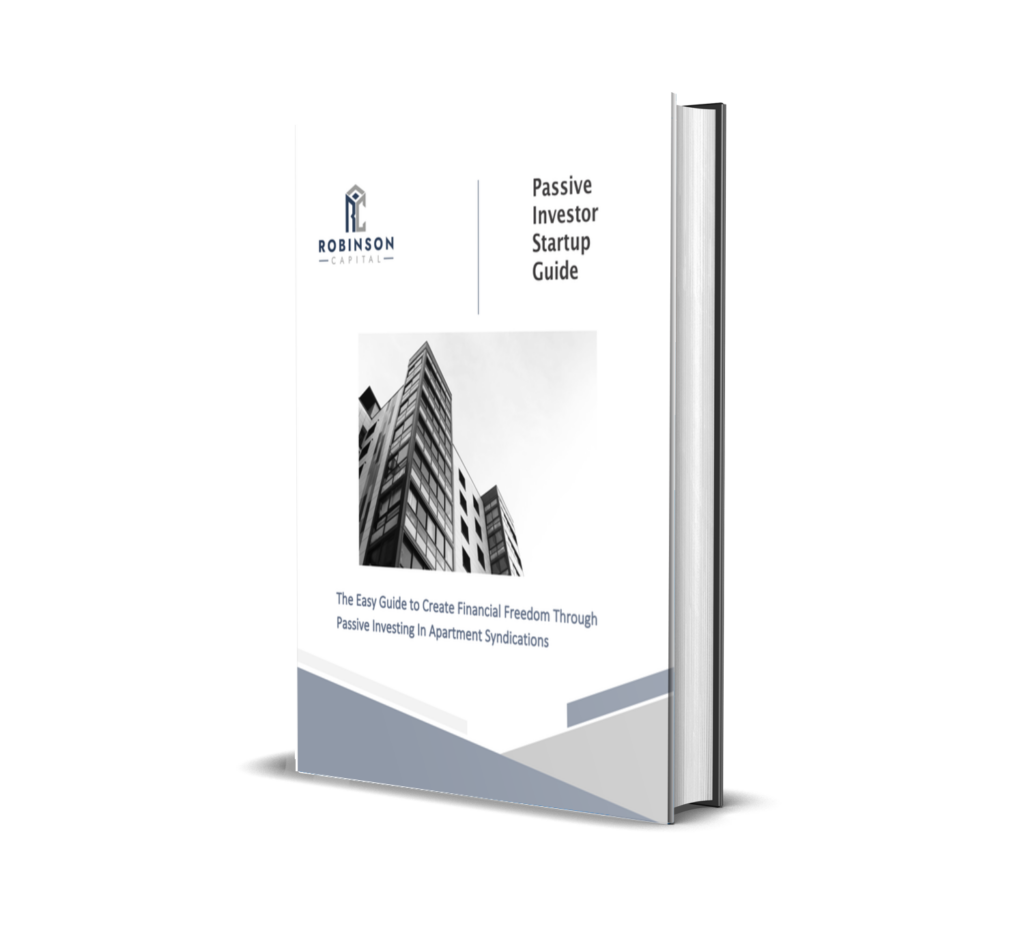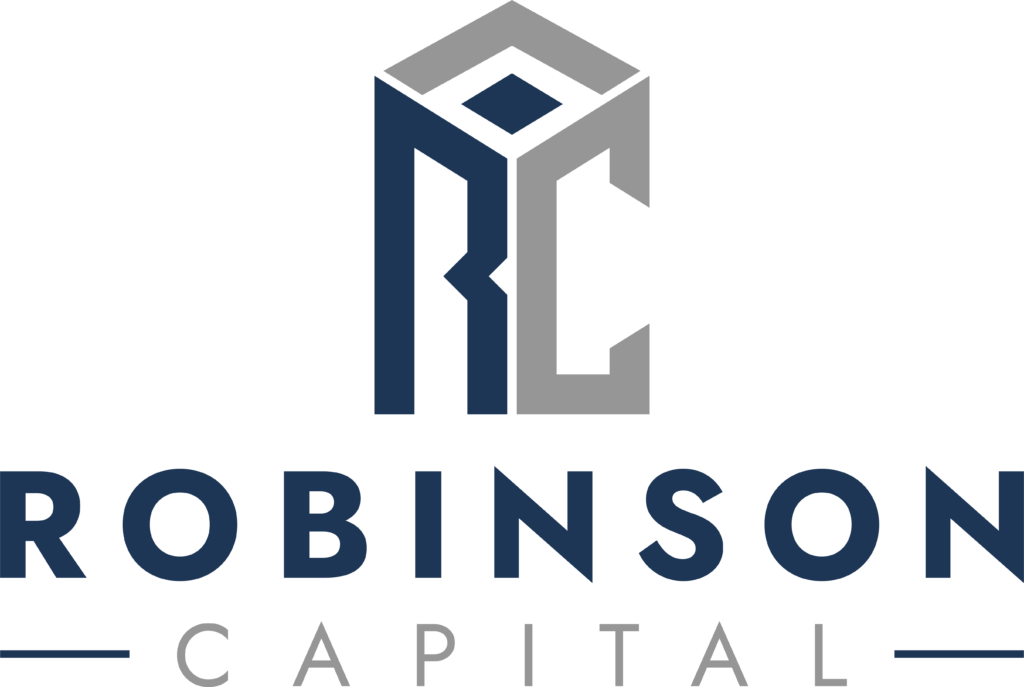As working professionals, we are often limited on time. Hopefully by now for all the time that we put into the job, we have developed a sizeable nest egg for retirement; perhaps these assets are worth your consideration as options to invest in real estate. If you do not have all the cash in the world sitting in your bank account ready to deploy for real estate investing, consider your retirement fund options. Investing in real estate using retirement funds can seem risky to many new investors. However, consider what led me to make the decision:
- 401k investments can react to the volatility of the market place, putting your retirement wealth at risk of loss when you need it most.
- I understand real estate better than I understand the packaged investment products in my 401k.
- Buy and hold real estate is a great wealth-builder and is my primary wealth building vehicle for retirement.
Before I share these options, note that I am not a tax professional and before making any decision you should consult a professional to review your own unique situation and the implications of these options.
Retirement Account – Withdrawal
The straightforward, but likely least ideal method of using your retirement funds for real estate investment opportunities is to withdraw directly from your 401k. The benefit is direct access to the cash and control for whatever use you would like. However, the very large disadvantage that may make this route financially unreadable are the massive and costly penalties and tax for such a withdrawal. If you withdraw before retirement age, you are subject to a penalty in addition to the normal tax from withdrawal. By withdrawing from your 401k, you could instantly lose up to 30% of the funds withdrawn. Unless you anticipate that your investment opportunity can yield greater than 30% ROI, this may not make sense.
Retirement Account – Loan
Some company plans allow you to take out a 401k loan, which is what I did with my first rental property. How it works is, you are essentially taking out a loan against yourself. You then pay yourself back with interest over a set period of time. If you do not do so, you will be subject to the tax and associated penalties from not having replayed the “loan.” Important things to consider if doing this:
- Ensure that you can repay your 401k loan – in my case I realized a greater net return taking the loan and eventually paying it off over time and the cash flow from my investment covered all debt service.
- Exit strategy – This path was my creative manner of getting started into real estate. I knew that the worst case is if I decided not to outlay the cash to fully pay off the loan, I was willing to make the payment for the penalties. While I have done this myself, there are better and more flexible ways to invest in real estate with retirement funds.
Self-Directed IRA
The self-directed IRA (SDIRA) is the lesser-known retirement vehicle for most working professionals. The primary benefit is that it allows the investor more flexibility for investing in other asset classes. Whereas traditional IRA’s limit investments to funds, CD’s bonds and stocks, self-directed IRA’s allow for investments in alternative assets such as real estate investments. A few things to note:
- Since self-directed IRA’s are managed differently than traditional IRA’s, many standard retirement account providers do not support self-directed IRA’s. You will need to seek out companies that provide this specialized retirement plan that supports your investment intentions.
- There can be relatively high-fees associated with your SDIRA and this should be taken into account.
- It is critical to understand and have a plan for your investment. These are actual funds that can be lost. The SDIRA is designed for savvy investors who seek to generate retirement wealth through other means. Do your due diligence with every investment, know, understand and execute a well-thought out plan.
If this is enough to interest you as a means of investing with your retirement, schedule some time with a financial advisor that can review and advise you based on your unique financial situation.
If the benefits of an SDIRA has piqued your interest, there are even expansive options beyond the SDIRA such as Qualified Retirement Plans (QRP) that have added benefits/advantages over the standard SDIRA.
Takeaway
Today’s uncertain times creates great wealth building opportunities through real estate investing. As working professionals, it is beneficial to think about how to align your resources so that when the time is right and proper you are prepared to act.
Passive Investor Startup Guide

To find out more about what it looks like to invest as a passive investor in multifamily real estate, download our free Passive Investor Startup Guide here!
Popular Passive Investor Articles
- – Mindset: Freedom through passive investing
– What is multi-family syndication?
– Do I have to be accredited to invest in a syndication?
– How passive investors can find great sponsors
– What to look for in potential syndicators
– About Robinson Capital

.

Rodney Robinson II
[email protected]